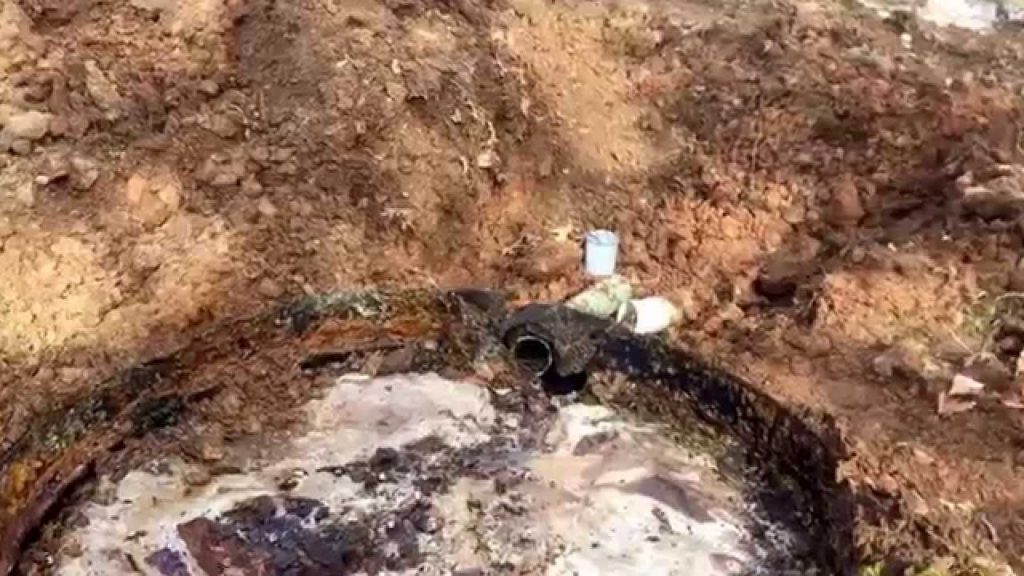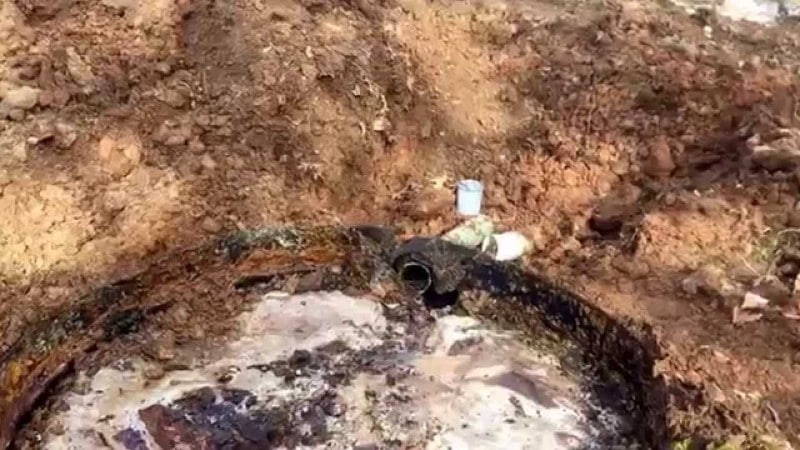
A cesspool is just like your septic system. The only difference is that it doesn’t have an outflow tube that allows the effluent to be distributed. The cesspool has a tank with holes at the sides and at the bottom. These are what allow the effluent to be distributed to the drain field to undergo further purification before the surrounding area uses it again. The cesspool is a well known alternative to a sewer system that has a tank with the same bacterial population that breaks down the solid wastes that enter with the wastewater. When the solid wastes are digested, the effluent seeps out slowly into the drain field.
One of the primary things that you should know about your cesspool is that cesspools clog. Your household is bound to use a lot of detergents and cleaning solutions. When you use these substances, there is nowhere for them to go than into your drains and toilets. And when they enter your drains and toilets, these substances go straight into your cesspool. What you don’t know is that when you deposit these cleaning solutions into the cesspool, the bacterial population becomes depleted. When this happens, the solid wastes are not digested well. As a result, the sludge accumulates too much. This would most probably enter the drain field and cause cesspool clogs. The sludge only gets too overwhelming when you do not pump out and clean your cesspool periodically. The sludge and gunk, with nothing to break them down, goes with the flow of the effluent to the surrounding drain field. This motion is made faster by excessive water use in your household.
There are times when the cesspool clogs are caused by several materials and substances that you dump into the drains and toilets. Some of the common clogs are food scraps, hair balls, paper, soap scum, toilet paper, oils, and grease. Woody plants and trees could also clog up your cesspool. There can be a lot of reasons why your cesspool can be clogged up, when you encounter them, you should:
1. If you suspect your cesspool to be clog, try to find the sewer lines. Inspect them for the presence of invasive roots. When you see that this is the case, the pipes should be totally replaced and the plants/trees should be cleared away from the area of your cesspool
2. You should remove any organic buildup causing the clog. These are the impacted wastes within the cesspool that are too thick for the wastewater to penetrate. You should pump out your cesspool when the accumulated waste is no more than 1 foot away from the baffle.
3. Make it a point to lessen the water load in your home. This may also be worsened by heavy rainfall. If this is the case, divide your laundry into several days instead and close up any leaks in or out of your cesspool system.
Make sure that the cesspool undergoes proper maintenance. It would be less costly for you to maintain your cesspool than have it replaced because of its failure to function. So as a responsible cesspool owner, set aside a periodic budget to accomplish your obligations. If you know that your plumbing skills are not developed or honed enough, it is better for you to hire a septic professional to assess the plumbing problems that may cause cesspool clogs. Use a filter in your sinks and drains as well.
